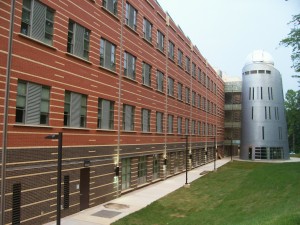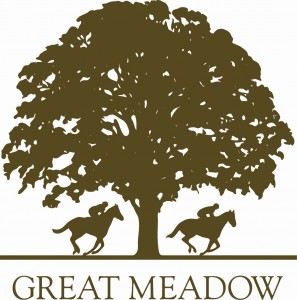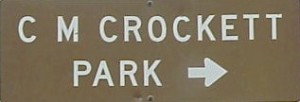Key information for official sites with agreements:
- Camp High Road is open unless specified on Camp High Road specific page
- C.M. Crockett is open only during periods specified on the Crockett specific page
- Meadowkirk observing requires explicit permission. See Meadowkirk page for details
- Sky Meadows State Park is open for vetted volunteers only unless posted on the Sky Meadows specific page
- Spruce Knob Mountain Center: See site specific page or contact site coordinator for availability
This is of particular interest to astrologically minded folks. See URL for more info…

Our meetings on the second Sunday of the month, online.
Our meetings web page, has additional details.
We look forward to seeing you on Sunday evenings!
The giant planet will be at its closest approach to Earth and its face will be fully illuminated by the Sun. It will be brighter than any other time of the year and will be visible all night long. This is the best time to view and photograph Jupiter and its moons. A medium-sized telescope should be able to show you some of the details in Jupiter’s cloud bands. A good pair of binoculars should allow you to see Jupiter’s four largest moons, appearing as bright dots on either side of the planet.

We are, unfortunately, cancelling this event due to COVID concerns.
See front page of NOVAC Site for changes to event.
More information about Great Meadow including directions and parking visit the Great Meadow Site page.
Rejoice, Northern Hemispherians of Earth! First observed on March 27th by NASA’s Near-Earth Object Wide-field Infrared Survey Explorer (NEOWISE), these next few evenings are your best and last chance to see this comet until its return around year 8,820.
Just after sunset, look below the Big Dipper in the northwest sky. Binoculars or a small telescope are recommended. It may be hard to distinguish with the naked eye until you first locate it with the help of a little magnification.
The comet may be visible for the remainder of July. Each night, the comet will appear higher in the sky, but it will grow more dim every day.
Apparently, this comet has two tails: The first tail is blue and made of gas and ions. There is also a red separation in the first tail caused by high amounts of sodium. The second tail is a golden color and is made of dust, like the tail of Comet Hale–Bopp.
My condolences to our friends in the Southern Hemisphere. Then again, you guys get this year’s total solar eclipse on December 14th…
Saturn at Opposition. The ringed planet will be at its closest approach to Earth and its face will be fully illuminated by the Sun. It will be brighter than any other time of the year and will be visible all night long. This is the best time to view and photograph Saturn and its moons. A medium-sized or larger telescope will allow you to see Saturn’s rings and a few of its brightest moons.

We are, unfortunately, cancelling this event for July
Please read the C.M. Crockett Page for park details.
